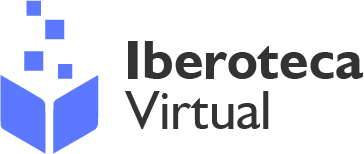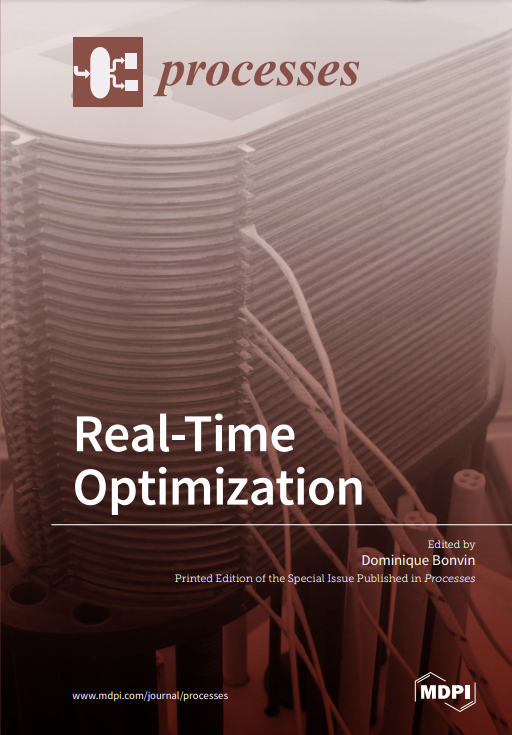Real-Time Optimization
Editorial: MDPI
Licencia: Creative Commons (by-nc-nd)
Autor(es): Bonvin Dominique
Process optimization is the method of choice for improving the performance of industrial processes, while enforcing the satisfaction of safety and quality constraints. Long considered as an appealing tool but only applicable to academic problems, optimization has now become a viable technology. Still, one of the strengths of optimization, namely, its inherent mathematical rigor, can also be perceived as a weakness, since engineers might sometimes find it difficult to obtain an appropriate mathematical formulation to solve their practical problems. Furthermore, even when process models are available, the presence of plant-model mismatch and process disturbances makes the direct use of model-based optimal inputs hazardous.
In the last 30 years, the field of real-time optimization (RTO) has emerged to help overcome the aforementioned modeling difficulties. RTO integrates process measurements into the optimization framework. This way, process optimization does not rely exclusively on a (possibly inaccurate) process model but also on process information stemming from measurements. Various RTO techniques are available in the literature and can be classified in two broad families depending on whether a process model is used (explicit optimization) or not (implicit optimization or self-optimizing control).
This Special Issue on Real-Time Optimization includes both methodological and practical contributions. All seven methodological contributions deal with explicit RTO schemes that repeat the optimization when new measurements become available. The methods covered include modifier adaptation, economic MPC and the two-step approach of parameter identification and numerical optimization. The six contributions that deal with applications cover various fields including refineries, well networks, combustion and membrane filtration.
This Special Issue has shown that RTO is a very active area of research with excellent opportunities for applications. The Guest Editor would like to thank all authors for their timely collaboration with this project and excellent scientific contributions.
[Switzerland: 2017]
Compartir:
Una vez que el usuario haya visto al menos un documento, este fragmento será visible.


